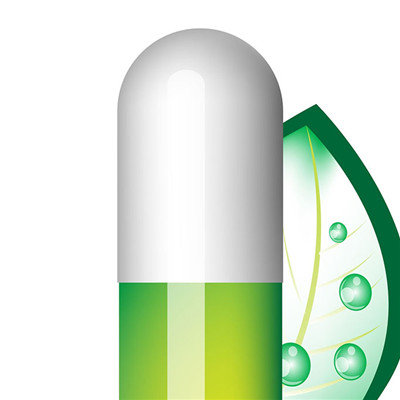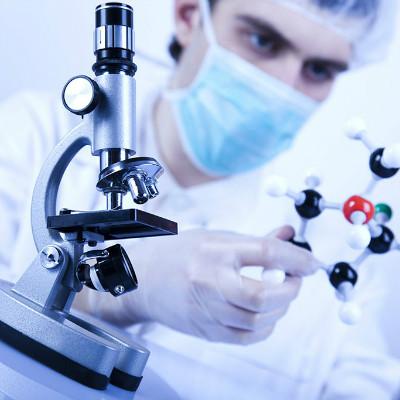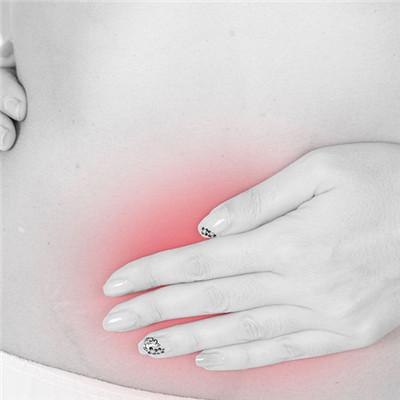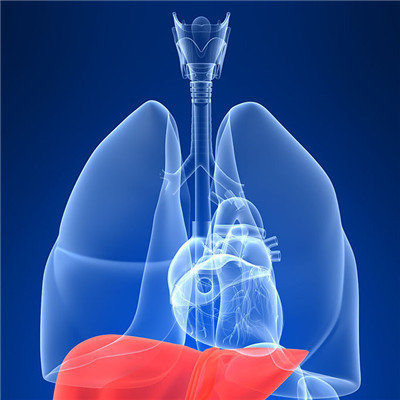Symptoms of ketoacidosis
summary
Ketone bodies are intermediate metabolites of fatty acids in liver, including acetoacetic acid β- Hydroxybutyric acid and acetone. Under normal circumstances, the body produces a small amount of ketones, which are transported to the heart, kidney, skeletal muscle and other tissues as a source of energy. The concentration of ketones in the blood is very low, generally not more than 1.0 mg / dl, and no ketones can be detected in the urine.
Symptoms of ketoacidosis
Ketoacidosis can be divided into mild, moderate and severe according to its degree. Mild pH < 7.3 or bicarbonate < 15mmol / L; Moderate pH < 7.2 or bicarbonate < 10mmol / L; Severe pH < 7.1 or bicarbonate < 5mmol / L, the latter is easy to enter into coma.

Moderate and severe ketoacidosis patients often have dehydration symptoms, dehydration up to 5% can have dehydration performance, such as reduced urine volume, dry skin, eye drop, etc. When dehydration is more than 15% of body weight, circulatory failure may occur. Symptoms include increased heart rate, weak pulse, decreased blood pressure and body temperature. In severe cases, circulatory failure may be life-threatening.

The causes of coma include excessive acetoacetate, cerebral hypoxia, dehydration, increased plasma osmotic pressure and circulatory failure.

matters needing attention
In addition to actively correcting metabolic disorders, we must also actively look for inducing factors and give corresponding treatment to patients with ketoacidosis, such as severe infection, myocardial infarction, surgical diseases, gastrointestinal diseases and so on. Among them, infection is the most common cause, so sensitive antibiotics should be used as soon as possible.

















